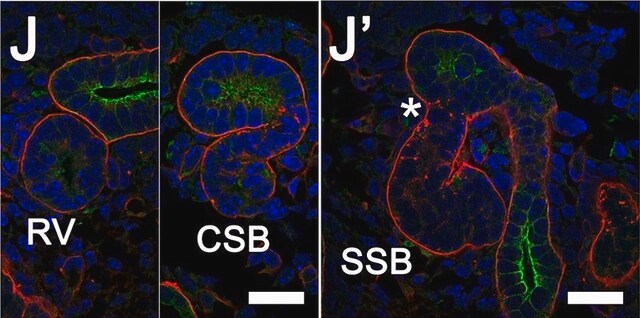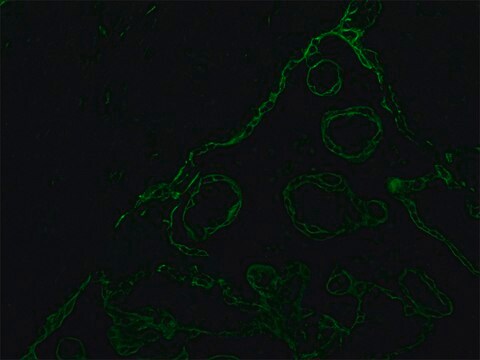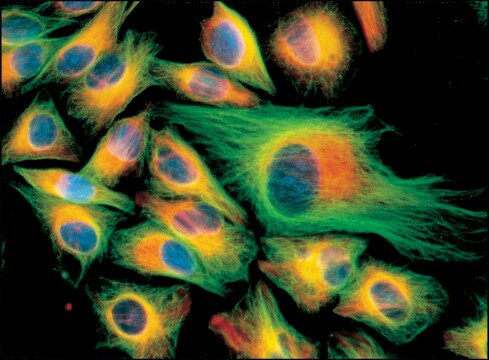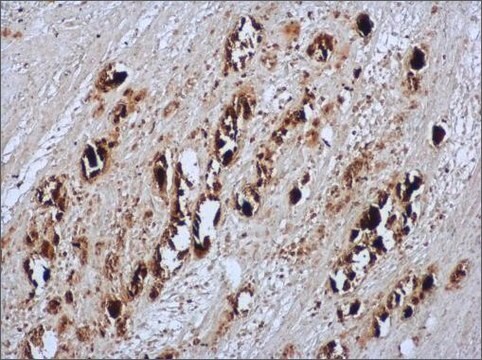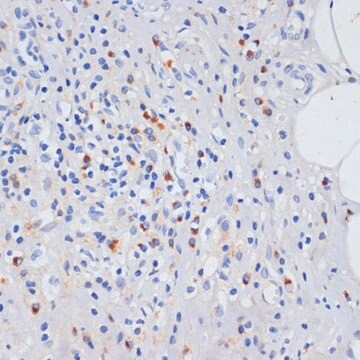SAB4700666
Monoclonal Anti-Cytokeratin (Pan-reactive) antibody produced in mouse
clone C-11, purified immunoglobulin, buffered aqueous solution
Sinónimos:
Mouse Anti-Cytokeratin, Pan-reactive Cytokeratin Detection
About This Item
Productos recomendados
biological source
mouse
conjugate
unconjugated
antibody form
purified immunoglobulin
antibody product type
primary antibodies
clone
C-11, monoclonal
form
buffered aqueous solution
species reactivity
mammals
concentration
1 mg/mL
technique(s)
flow cytometry: suitable
isotype
IgG1
shipped in
wet ice
storage temp.
2-8°C
target post-translational modification
unmodified
Gene Information
human ... KRT1(3848)
General description
Immunogen
Application
Biochem/physiol Actions
Features and Benefits
Physical form
Disclaimer
¿No encuentra el producto adecuado?
Pruebe nuestro Herramienta de selección de productos.
Storage Class
10 - Combustible liquids
flash_point_f
Not applicable
flash_point_c
Not applicable
Elija entre una de las versiones más recientes:
¿Ya tiene este producto?
Encuentre la documentación para los productos que ha comprado recientemente en la Biblioteca de documentos.
Nuestro equipo de científicos tiene experiencia en todas las áreas de investigación: Ciencias de la vida, Ciencia de los materiales, Síntesis química, Cromatografía, Analítica y muchas otras.
Póngase en contacto con el Servicio técnico